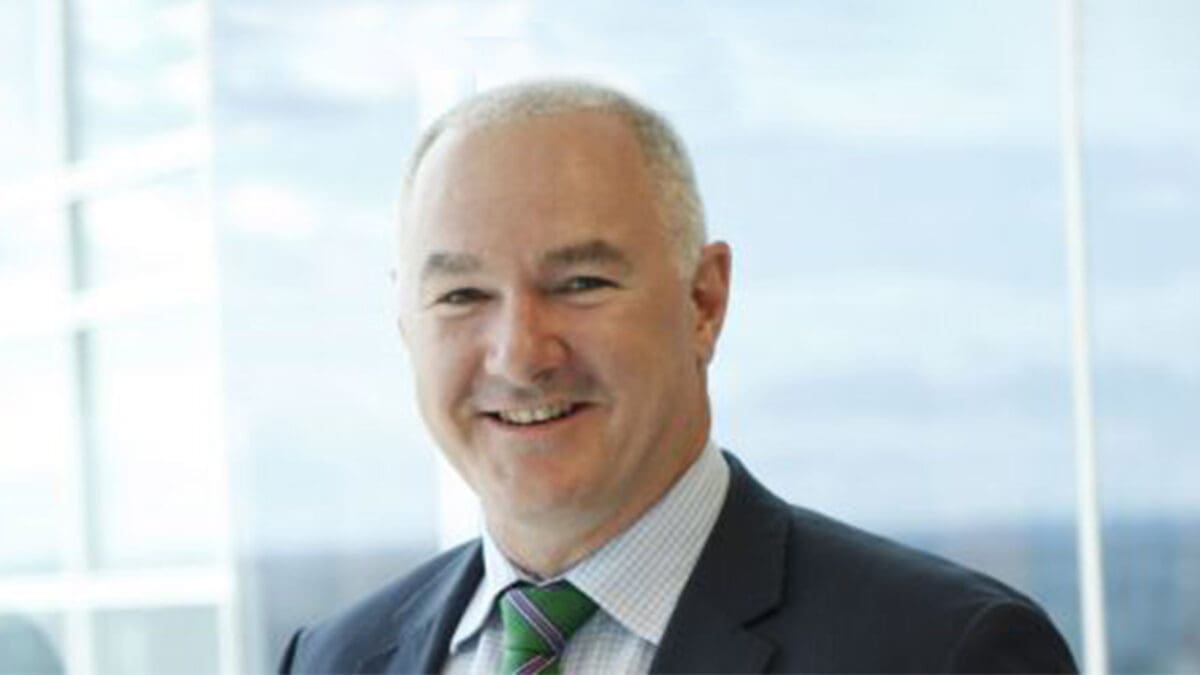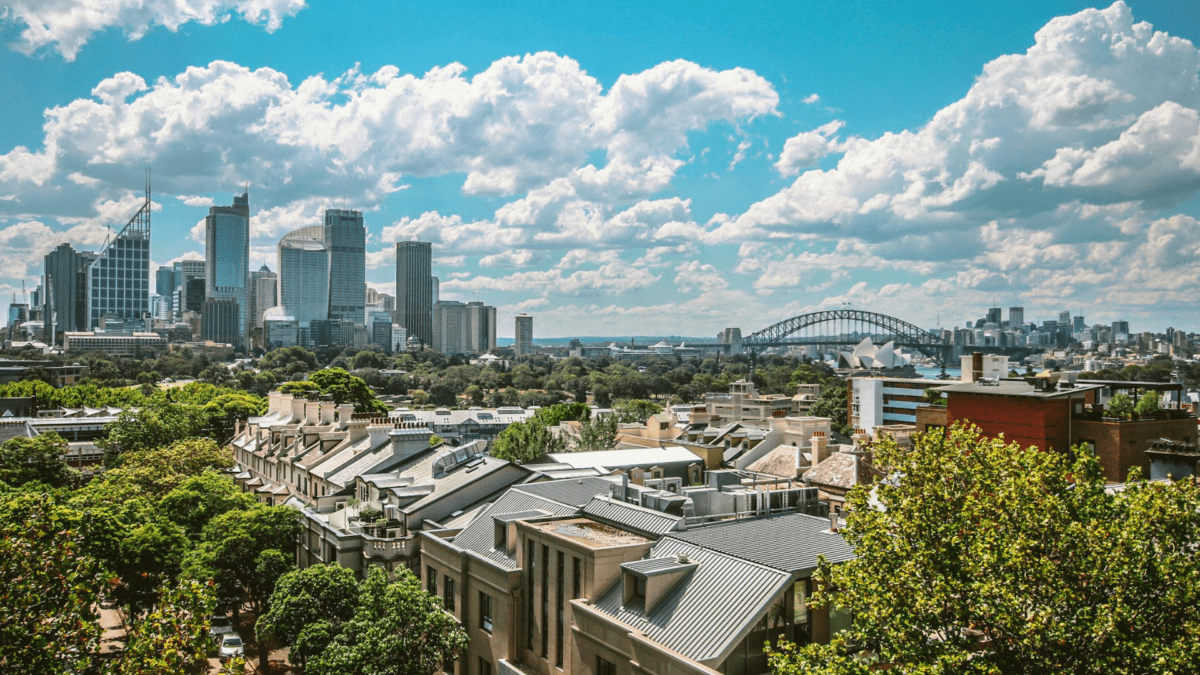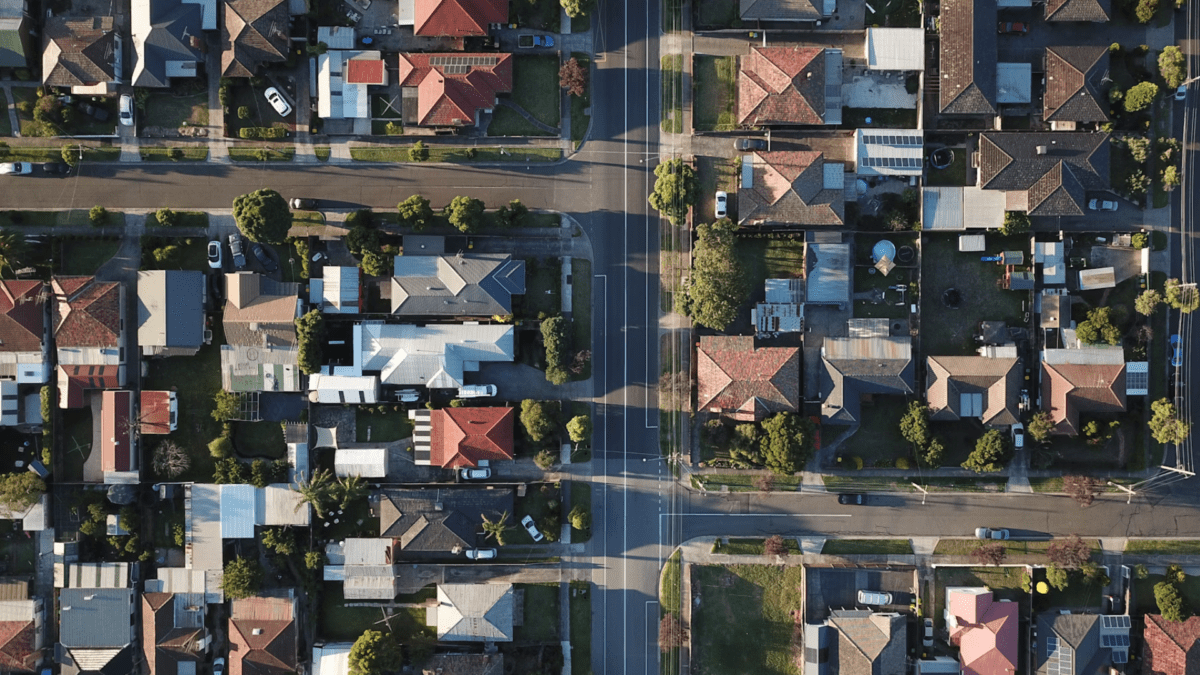RBA shocks with 11th rate hike, housing market upturn may be to blame
Australian house prices lifted by half a percentage point in April, marking two months of growth since February after prices fell about 9 per cent over the previous nine months and prompting economists to declare the housing market decline most likely over. But with the Reserve Bank of Australia (RBA)’s surprise resumption of rate hikes, analysts said, the basis for that optimism may be limited – and the housing rebound is only adding to the uncertainty.
Meanwhile, the dramatic supply/demand imbalance supporting the turnaround in prices is exacerbating the country’s rental crisis, and the underlying causes – faster-than-expected population growth and multiple headwinds against increased supply – show no signs of abating. All of this makes the central bank’s next move on rates more crucial than ever, according to Tim Lawless, research director at CoreLogic.
In its Home Value Index for April, CoreLogic reported that Australian housing values increased by 1 per cent over the past three months, following a 0.6 per cent lift in March and the latest 0.5 per cent gain. “After falling -9.1 per cent between May 2022 and February 2023, Australian housing values look to have bottomed out, posting a second consecutive monthly rise,” Lawless said in releasing the report.
“Not only are we seeing housing values stabilising or rising across most areas of the country, a number of other indicators are confirming the positive shift,” he said. “Auction clearance rates are holding slightly above the long-run average, sentiment has lifted and home sales are trending around the previous five-year average.”
However, Lawless, and many analysts citing the CoreLogic report, pointed to a presumed peak in the RBA’s rate hiking campaign as a likely driver of the upturn in housing prices, after the bank in April voted to pause the official cash rate at 3.6 per cent.
Although many noted it was a “line ball call,” the RBA’s decision to raise another 25 basis points to 3.85 per cent nonetheless surprised commentators, who had expected the bank to take a wait-and-see approach and allow higher rates to fully flow through to the economy. Now, the consensus believes this latest increase will be the last, although the positive housing data could complicate things.
“Although inflation has been trending lower since peaking in the December quarter 2022, today’s rate hike reflects the RBA’s uncertainty about how ‘sticky’ inflation might be amid persistently tight labour markets and new evidence that housing prices have moved through their low point,” Lawless said Tuesday after the RBA decision.
“Arguably, the more positive trend in housing conditions supported the RBA’s decision to lift rates today,” he said. “Although housing considerations aren’t part of the RBA’s mandate, a return to a more positive housing trend could be accompanied by a lift in consumer attitudes, supporting consumption and potentially keeping inflation higher for longer.”
Supply/demand imbalance drives prices
One clear and key contributor to the growing gap between housing supply and demand in Australia is the significant lift in net overseas migration, which, coupled with an increase in the number of households as household size shrank during the pandemic, “has run headlong into a lack of housing supply,” according to Lawless.
“While overseas migration would normally have a more direct correlation with rental demand, with vacancy rates holding around 1 per cent in most cities, it’s reasonable to assume more people are fast-tracking a purchasing decision simply because they couldn’t find rental accommodation,” he explained.
The jump in net migration has “caused vacancy rates to drop and rents to surge around the country,” said Gareth Aird, head of Australian economics at Commonwealth Bank of Australia. “This dynamic lies at the heart of the turning point in Australian property prices.”
AMP chief economist Shane Oliver pointed out that the rental supply shortage has likely caused demand overflow into the property market, as thwarted renters instead seek to buy, further driving up prices.
“The very tight housing supply situation is reflected in capital city rental vacancy rates being at a record low of around 1 per cent, and this is leading to a surge in rents,” Oliver said.
The consecutive months of growth has pushed many economists to revise their forecasts for the property market downturn, with most now predicting the top-to-bottom decline to stay at around 10 percent.
“We had thought that after a brief bounce, prices would resume their downswing as higher interest rates continue to impact, but it’s looking increasingly likely that prices have bottomed as a deteriorating demand/supply imbalance dominates,” Oliver said.
“As such, our forecast for a top-to-bottom fall of 15-20 per cent out to late this year is looking too pessimistic, and we have revised up our property forecasts. However, the current property market dynamics of a sharp rise in interest rates and slowing economic growth but strong underlying demand and constrained supply are very unusual, so the risk of another down leg remains high.”
Matthew Hassan, senior economist at Westpac, said he now predicts the peak-to-trough correction to be 10 per cent, down from 16 per cent previously. “We think this marks a significant shift in momentum, and we now see property prices holding flat for calendar 2023, rather than the 6-7 per cent decline we saw previously,” he said.
In addition to a surging population, Hassan pointed to the supply constraints contributing to the imbalance, including a rise in construction costs curbing the amount of new housing and thin on-market supply.
“Sales have dropped significantly in the past year, but new listings have fallen by even more.”









